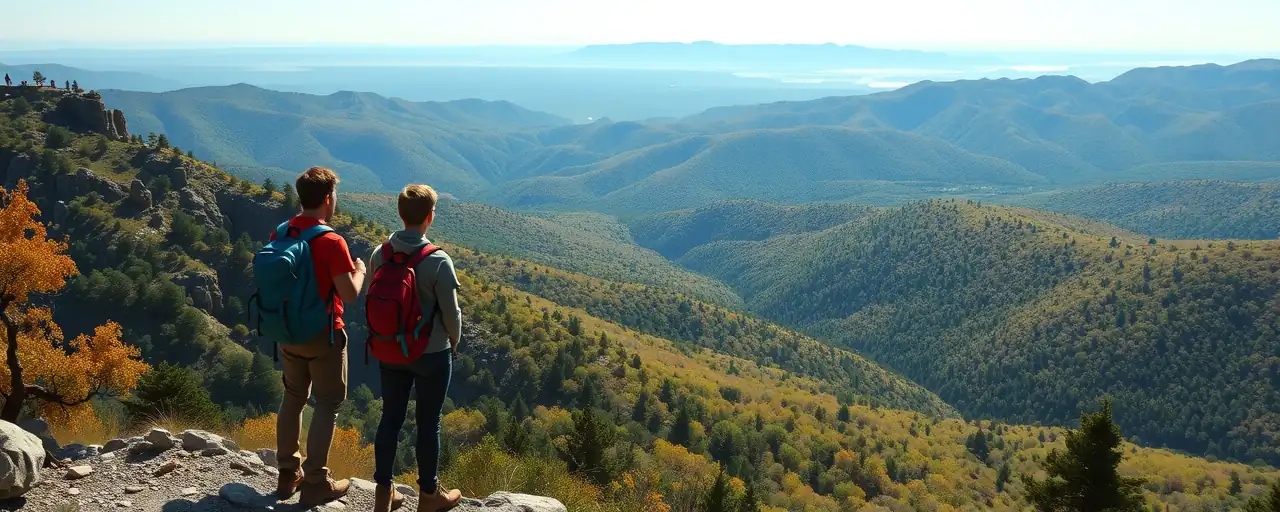A Threat to America’s Treasured Parks
National parks, from the Grand Canyon’s sweeping vistas to small historic sites, welcome 331 million visitors each year. These spaces preserve nature, history, and culture while boosting local economies. Now, a proposal from President Trump and the Department of Government Efficiency (DOGE) seeks to cut over $1 billion from the National Park Service’s $4.8 billion budget. The plan eliminates grants for construction, recreation, and preservation and transfers 350 smaller parks to state or tribal control.
This move aims to shrink federal spending and focus on what its supporters call critical priorities. Yet it has sparked fierce debate about the future of these public spaces. Some see it as a way to streamline government; others fear it jeopardizes the very heritage parks protect. The conversation boils down to a core question: who should maintain these shared treasures, and at what cost?
The Case for Scaling Back Federal Funds
Supporters of the cuts, including some Republican policymakers, argue that federal grants to the National Park Service duplicate efforts by states and localities. They view the agency’s $12 billion maintenance backlog as proof of inefficiency, suggesting states could manage smaller parks better. By reducing grants, they aim to lower the deficit and redirect funds to areas like border security. Some also question park programs tied to climate goals, arguing they stray from the agency’s primary mission.
This thinking traces back to the Reagan administration’s push for smaller government and the 1994 Contract with America’s focus on local control. Advocates believe states or private partners can step up, pointing to state-run parks as models. The proposal to shift 350 park units to state or tribal oversight reflects this belief, prioritizing federal resources for iconic parks like Yellowstone over smaller sites.
How Cuts Hit Parks and Communities
Reduced federal grants create immediate challenges. State and local agencies, often strapped for cash, cut ranger staff, maintenance crews, or educational offerings. Trails fall into disrepair, historic buildings deteriorate, and visitor services shrink. Analysts from the National Parks Conservation Association warn that a $900 million operations cut could close 350 park units entirely. Past cuts, like those in 2013, led to higher fees, shorter seasons, and a repair backlog now topping $23 billion.
The economic fallout is just as stark. Parks drive nearly $24 billion in annual spending in nearby communities, sustaining over 70,000 jobs. Fewer visitors due to degraded facilities could hurt small businesses. While some localities may seek private partnerships, these often raise costs, making parks less accessible to lower-income families. Volunteer groups and nonprofits try to help, but they can’t match the scope of federal support.
Why Federal Funding Matters
Advocates for robust federal funding argue that national parks are unique public assets. Democratic lawmakers and groups like those supporting the America the Beautiful Act emphasize that parks safeguard ecosystems and history while ensuring access for all. They note that parks generate up to $15 in local economic activity for every federal dollar spent. Federal investment, they say, is essential to tackle climate challenges and a maintenance backlog that local budgets can’t handle.
Public opinion backs this view, with most Americans favoring strong park funding. Recent bipartisan laws, like the Great American Outdoors Act’s $6.65 billion for repairs, show what’s possible. Those against the cuts argue that reducing funds now could unravel decades of progress, leaving parks degraded or out of reach for future generations. They see federal leadership as vital to preserving these spaces for everyone.
A Larger Battle Over Public Lands
The fight over park funding reflects broader tensions about public lands. Some Republican proposals push to sell federal lands or allow more energy development in parks, while Democrats and conservation groups resist. A recent Senate vote narrowly rejected a measure to block land sell-offs, highlighting the divide. Legal battles over monument resizing and privatization continue, as park advocates rally grassroots support to protect federal grants.
History shows this struggle is not new. From the 1906 Antiquities Act to the 1970s Sagebrush Rebellion, debates over federal land stewardship have persisted. Recent funding boosts, like the Infrastructure Investment and Jobs Act’s $1 billion for parks, contrast with proposed cuts, such as the 2017 Trump budget’s 13 percent reduction. The current plan to transfer 350 park units marks a bold shift, but bipartisan cooperation remains a possibility.
The Future of Our Parks
America’s national parks stand at a pivotal moment. Cutting federal grants could ease budget pressures and give states more control. Yet it risks fragmenting a system designed to protect places too significant for local resources alone. Crumbling infrastructure, limited access, and strained local economies loom as potential consequences, reshaping how people connect with these spaces.
As Congress weighs the 2026 budget, input from park visitors, local businesses, and conservationists will carry weight. Lawmakers must balance fiscal discipline with the legacy of federal stewardship. The choice they make will affect not just budgets but the shared experience of parks for years to come.
For now, the parks endure, their landscapes and stories a reminder of collective commitment. Whether they remain a national priority or become a patchwork of local efforts depends on decisions unfolding now. That choice will shape what future generations inherit.
